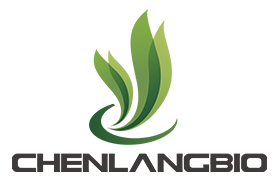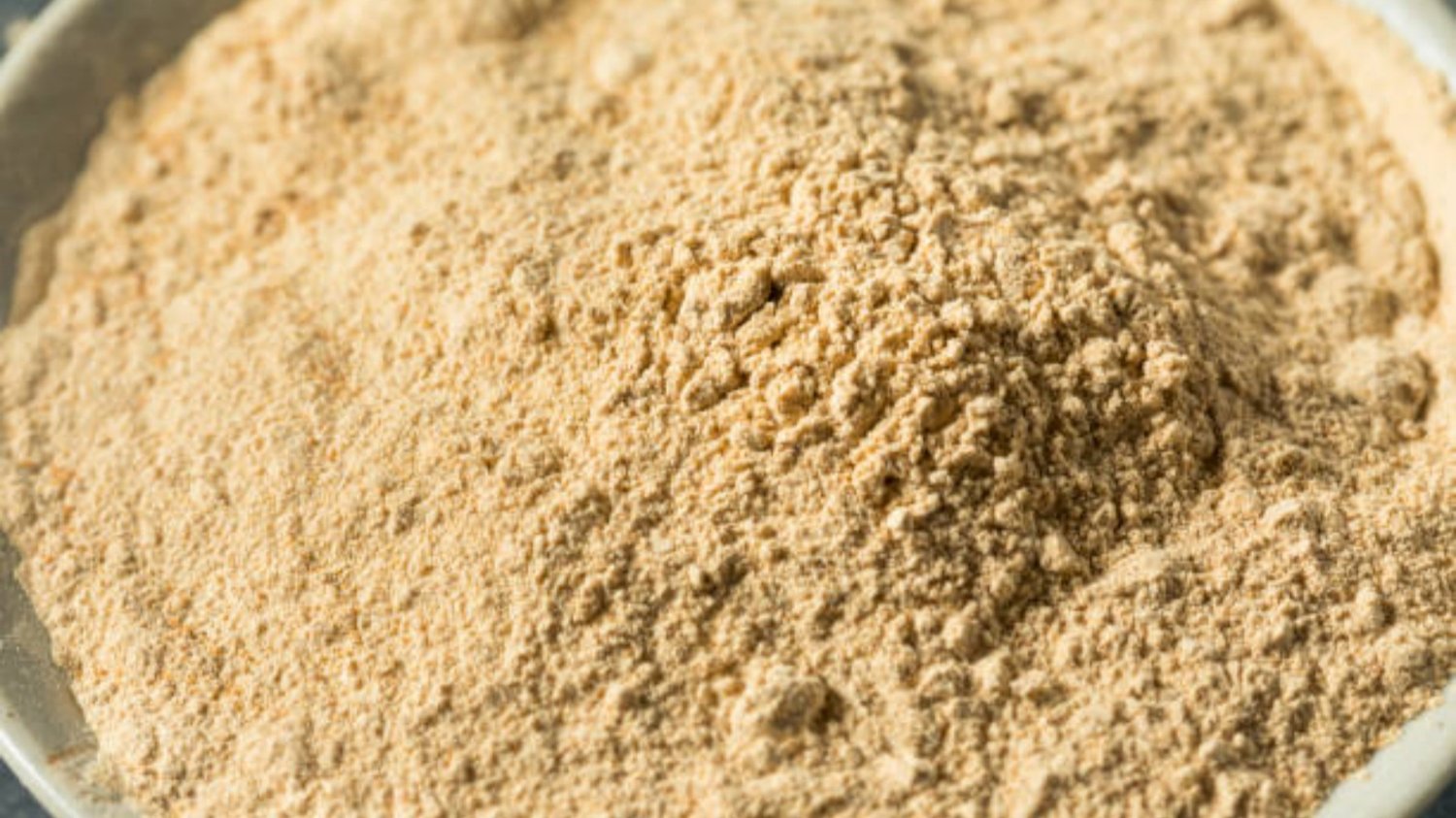Introduction
Spinosad is a natural insecticide derived from a soil bacterium called Saccharopolyspora spinosa. It is commonly used in agriculture and gardening to control various pests. However, concerns about its safety for human exposure have been raised. In this article, we will explore the safety aspects of spinosad and provide you with a comprehensive understanding of its potential risks and benefits.
What is Spinosad?
Spinosad is a naturally occurring substance that was first discovered in the 1980s. It is produced by a fermentation process using the bacterium Saccharopolyspora spinosa. The resulting product contains two active ingredients, spinosyn A and spinosyn D, which work together to effectively control a wide range of insect pests.
The Mechanism of Action
Spinosad acts on the nervous system of insects, causing paralysis and ultimately leading to their death. It targets specific receptors in the insect's nerve cells, which are absent in mammals, making it highly selective and less toxic to humans and other mammals.
Human Exposure to Spinosad
While spinosad is primarily used in agricultural settings, human exposure can occur through various routes, including occupational exposure for farmworkers, exposure from treated crops, and even through the use of spinosad-containing products in gardens and homes.
Toxicity Studies and Safety Evaluations
Extensive toxicity studies have been conducted to evaluate the safety of spinosad for humans. These studies have included acute, subchronic, chronic, and reproductive toxicity tests. The results consistently indicate that spinosad has a low toxicity profile and is not expected to cause significant harm to humans when used as directed.
Potential Health Effects of Spinosad
Based on available data, spinosad is considered to have a low potential for acute toxicity in humans. However, like any chemical substance, it is important to take precautions and follow safety guidelines to minimize potential risks. Symptoms of acute exposure may include skin and eye irritation, respiratory irritation, and gastrointestinal effects if ingested.
Environmental Impact of Spinosad
Spinosad has shown to have a favorable environmental profile, as it rapidly breaks down in soil and water, reducing the risk of long-term accumulation. It is also considered to have low toxicity to non-target organisms, such as birds and mammals, further supporting its safety for use in pest control.
Regulatory Approvals and Guidelines of Spinosad
Spinosad has been approved for use in many countries, including the United States, Canada, and the European Union. Regulatory agencies, such as the Environmental Protection Agency (EPA), have established guidelines and restrictions to ensure its safe use. It is important to read and follow the instructions provided on product labels to minimize any potential risks.
Alternatives to Spinosad
If you have concerns about using spinosad or want to explore alternative options, there are several other insecticides available that can effectively control pests. Some popular alternatives include neem oil, pyrethrin, and insecticidal soaps. It is advisable to research and choose the most suitable option based on your specific needs and preferences.
Conclusion
When used as directed, spinosad is considered safe for humans. Extensive toxicity studies and regulatory approvals support its low toxicity profile and favorable environmental impact. However, it is important to take precautions and follow safety guidelines to minimize potential risks. If you have any concerns or experience adverse effects after using spinosad, consult a healthcare professional.

